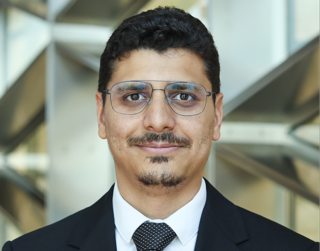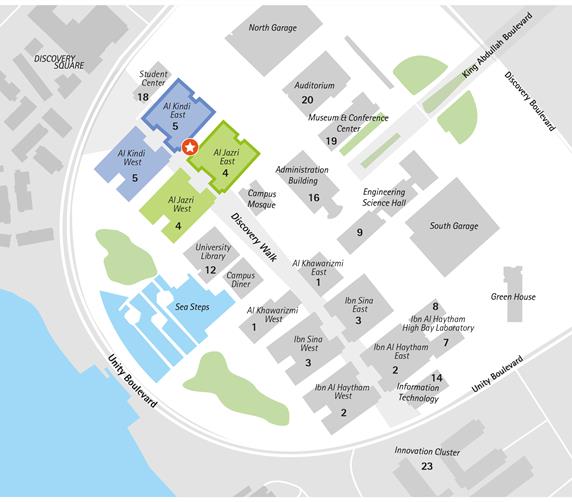Aug 2024

Abstract
Carbon Capture and Storage (CCS) has significant potential for reducing CO2 emissions from industrial and energy sectors, but technical and economic challenges hinder its large-scale adoption. Saudi Arabia, with abundant hydrocarbon resources, is adopting CCS to balance economic growth while mitigating CO2 emissions as part of its Circular Carbon Economy Framework. However, the success of CCS in Saudi Arabia hinges on its technical and economic viability, which remains largely unstudied.
This research addresses a gap by conducting a thorough techno-economic evaluation to create a Marginal Abatement Cost Curve (MACC) for CCS. This encompasses expenses from stationary energy and industrial emission sources for capturing, transporting, and storing CO2 in deep saline aquifers. Initially, an intricate spatial analysis of identified emission sources and suitable underground storage locations is carried out. Subsequently, an optimization process is devised to identify the most economically efficient source-sink matches. Following this, transportation and storage costs are calculated using tailored and advanced techno-economic cost models with data specific to the emission and storage landscape of Saudi Arabia. Ultimately, a comprehensive assessment of the economic viability of CCS in Saudi Arabia is presented by integrating all CCS components into the MACC.
The results reveal a competitive cost scenario for CCS in Saudi Arabia, with an average national cost of approximately $82 per ton of CO2. Particularly noteworthy are the low costs associated with storage and transportation in most projects, averaging $12 per ton of CO2, indicating favorable regional geological and infrastructural conditions. Capture costs, averaging $69 per ton of CO2, constitute a significant portion of overall CCS expenses.
The MACC illustrates a wide spectrum of CCS costs ranging from $17 to $254 per ton of CO2, with lower-cost projects typically involving limited high CO2 concentration streams, notably from 2.3% of stationary sources originating from ammonia-high CO2 concentration emitting plants. The average cost is heavily influenced by the dominance of large emission plants across different sectors, with 69% of plants exceeding 2 MTPA of CO2 emission benefiting from economies of scale. However, the higher end of CCS costs is largely due to the challenges of expensive capture technologies prevalent in most sectors. Prioritizing projects based on their cost-effectiveness is crucial to reach Saudi Arabia's near-term goal of 44 million metric tons per annum (MTPA) of CO2 by 2035, estimated to cost less than $61 per ton, with a volume-weighted average cost of $52 per ton. The utilization of hubs and clusters, as well as a focus on gas-processing plants known for their low capture costs but not covered in this study due to data limitations, could further reduce costs, making the target achievable and economically viable with the support of the right policy frameworks and economic incentives.
Investment in research, particularly in low-cost capture technologies, is essential for broadening the scope of feasible CCS projects and decreasing dependence on incentives. This research lays out a detailed economic strategy through the MACC, identifying cost-effective and strategically prioritized projects. These results offer valuable guidance for investors in recognizing feasible CCS projects and for policymakers in establishing the necessary frameworks and subsidies. This method aligns with Saudi Arabia's low-carbon transition and Circular Carbon Economy Framework, ensuring that CCS plays a significant role in climate mitigation while balancing economic development with environmental sustainability.
